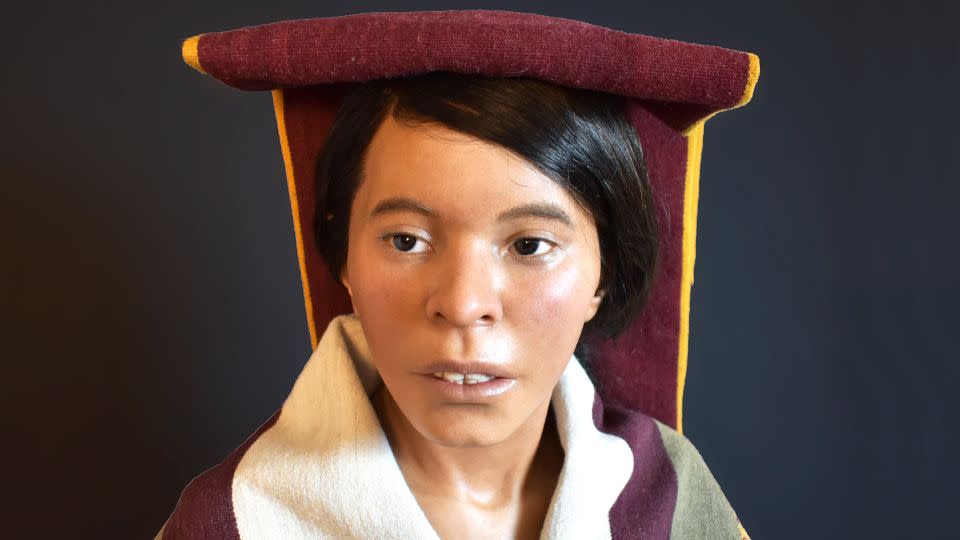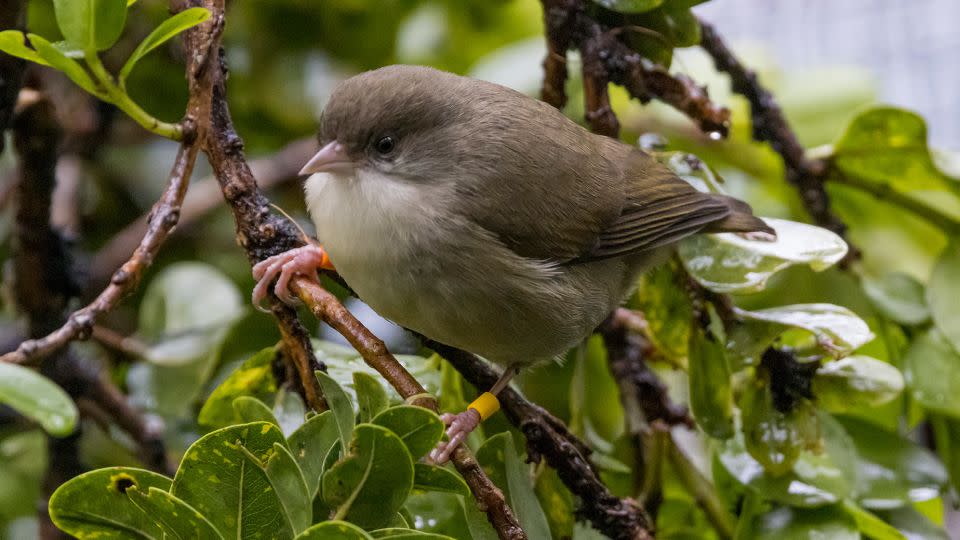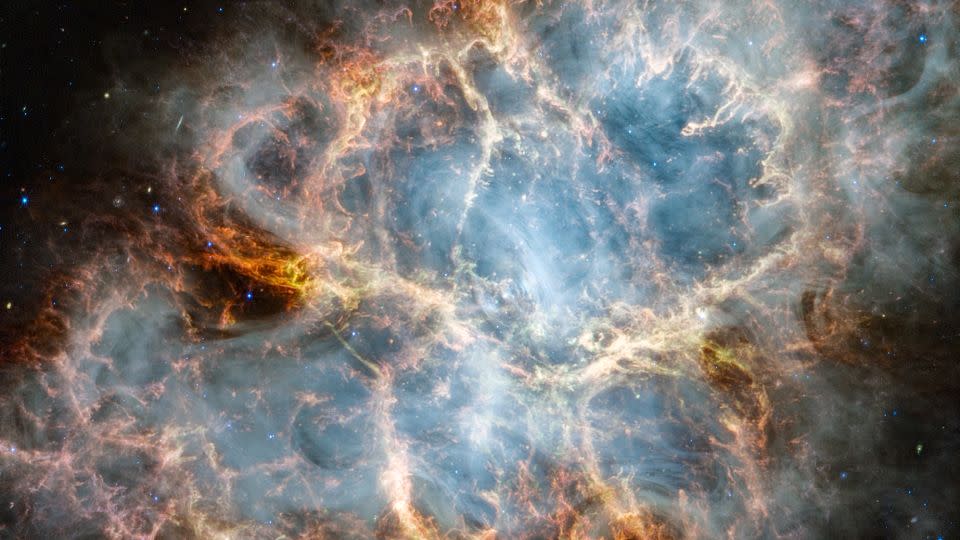After being frozen for 500 years, face of the ‘Ice Maiden’ revealed
Editor’s note: A version of this story appeared in CNN’s Wonder Theory science newsletter. To get it in your inbox, sign up for free here.
The snow-capped Andes in South America have long fascinated humans with their soaring peaks and alien landscapes.
Near the summit, there is no vegetation in sight, and freezing temperatures and howling winds add to the inhospitable conditions — which is why scientists were surprised to find life in such a desolate place.
In 2020, researchers spotted a leaf-eared mouse commonly found at lower elevations living more than 20,000 feet above sea level. Now, another team has uncovered active animal burrows and the mummified remains of the same species, which essentially became freeze-dried by the Mars-like conditions near the summit.
But how, and why, did the mice become the world’s highest-dwelling mammal?
It’s one of many mysteries presented by the Andes. In fact, the small creatures aren’t the only mummies to be found among the peaks in recent years.
We are family

When archaeologist Dr. Johan Reinhard discovered a cloth bundle high in the Peruvian Andes 28 years ago, he lifted the fabric and saw the “Ice Maiden.”
The mummified remains of an Inca teenager, sacrificed and left near the summit of the dormant volcano Ampato about 500 years ago, were incredibly well-preserved by the mountain’s frigid conditions.
Now, a team of archaeologists has used 3D scanning techniques and scientific analysis to recreate what she looked like before her untimely death.
The reconstruction is part of a new exhibit at the Andean Sanctuaries Museum in Arequipa, Peru, that features what researchers currently know about the Ice Maiden and the symbolic artifacts buried with her remains.
Other worlds
The Lucy mission finally had its first close look at an asteroid — and it discovered a space rock surprise.
Launched in October 2021, the NASA spacecraft is the first designed to study the swarms of Trojan asteroids within Jupiter’s orbit.
To test Lucy’s systems and instruments before observing the Trojans, the probe first zoomed by Dinkinesh, located between Jupiter and Mars.
The images returned by the spacecraft revealed humanity’s first close look at Dinkinesh, which turned out to be a pair of space rocks rather than a single asteroid.
Wild kingdom

There are only five known ‘akikiki left in the wild, and the bird species native to Hawaii could be dangerously close to going extinct within months.
The small gray bird’s once plentiful populations have faced decimation as global warming enables malaria-carrying mosquitoes to penetrate mountain peaks where the birds live.
Conservationists are ramping up efforts to protect the critically endangered birds by scaling towering trees and collecting the birds’ eggs so they can hatch and live in a safe environment.
Meanwhile, nearly 80 bird species are about to be renamed so they aren’t connected with names that have been deemed offensive.
Curiosities
At first glance, the body of a sea star doesn’t have an obvious head.
But a starfish doesn’t really have a body at all, new research suggests. Instead, the unusual marine animal is “just a head crawling along the seafloor,” said Laurent Formery, a postdoctoral scholar at Stanford University and the University of California, Berkeley.
Starfish belong to a group called echinoderms, which share a common ancestor with humans and animals. But at some point, their body plans wildly diverged.
Using new analytical techniques, researchers detected genetic evidence suggesting that starfish evolved their unique body plan over time.
Across the universe

The James Webb Space Telescope peered inside the heart of the Crab Nebula to study the aftermath of a stellar explosion.
The space observatory spied previously unseen details within the glowing cloud of gas and dust that had been created by a supernova. The explosion was so bright when it appeared in the night sky in 1054 that astronomers believed it to be a new star.
Separately, other NASA missions captured a ghostly handlike feature in the cosmos and an eerie “face” within the swirling clouds in Jupiter’s atmosphere.
Explorations
You don’t want to miss these surprising reads:
— If you’ve ever suspected your feline of having “cattitude,” it’s true. Cats have at least 276 distinct facial expressions, according to new research conducted in a cat café.
— When an asteroid struck the planet 66 million years ago, leading to the mass extinction of dinosaurs, it filled the atmosphere with enough dust to halt a key process for life on Earth.
— The ancient planet that collided with Earth and formed the moon could also have created continent-size swaths of alien material inside our planet, according to new research.
— Space Perspective, a tourism startup, is offering passengers a “loo with a view” as they travel 100,000 feet to the edge of space in a pressurized capsule suspended from a high-tech balloon.
And on Sunday night, look up at the Southern Taurid meteor shower for a chance to see a bright fireball or two streaking across the sky.
Like what you’ve read? Oh, but there’s more. Sign up here to receive in your inbox the next edition of Wonder Theory, brought to you by CNN Space and Science writers Ashley Strickland and Katie Hunt. They find wonder in planets beyond our solar system and discoveries from the ancient world.
For more CNN news and newsletters create an account at CNN.com
